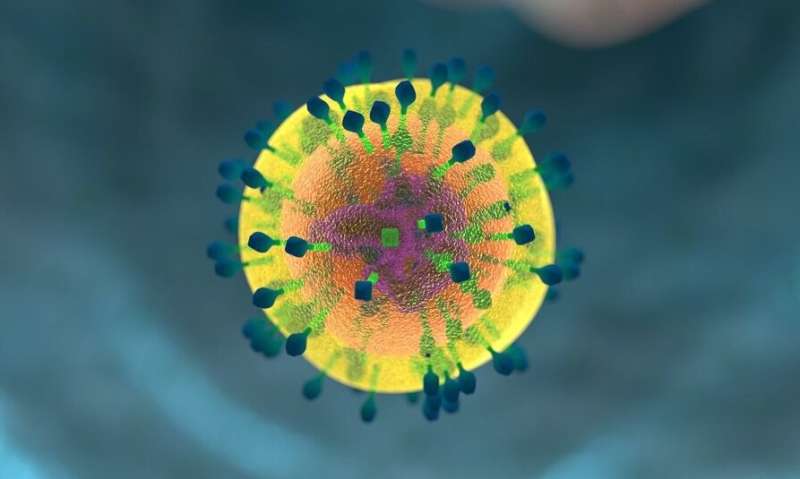Unveiling Hepatic Ferroptosis: Gene Signatures and Their Role in Liver Disease Pathogenesis

A groundbreaking study uncovers a gene signature linked to ferroptosis in the liver, revealing potential therapeutic targets for liver injury and disease management.
Recent research conducted by scientists in Japan has shed light on the role of ferroptosis—a regulated form of cell death driven by iron-induced lipid peroxidation—in liver injury and disease. Using a specially developed mouse model that simulates hepatic iron overload, researchers identified a distinct gene signature associated with ferroptosis, termed iFerroptosis. This signature highlights specific gene expression patterns that characterize ferroptotic processes in the liver.
The study focused on the molecular mechanisms governing hepatic ferroptosis, linking excess intracellular iron to the production of reactive oxygen species that damage cell membranes. This process is implicated in conditions like liver fibrosis, cirrhosis, liver cancer, and ischemia-reperfusion injuries. By creating an iron overload model in mice through liver-specific deletion of FBXL5—a key regulator of cellular iron levels—the team observed increased liver damage and lipid peroxidation, confirming the occurrence of ferroptosis.
Transcriptomic analysis revealed that certain genes are consistently upregulated during ferroptosis, and a core set of 100 genes was identified as a universal signature across different ferroptotic models. Validating these findings with human liver tissue samples from patients undergoing resections, the researchers established that high serum iron levels are associated with enhanced ferroptosis signatures and delayed postoperative recovery.
This research offers promising insights into how manipulating iron levels and ferroptosis pathways could serve as therapeutic targets. Future strategies may involve the development of interventions aimed at modulating ferroptosis to improve outcomes in liver diseases and enhance recovery post-surgery.
Overall, the identification of the iFerroptosis signature provides a valuable tool for diagnosing and understanding ferroptosis-related liver pathologies, paving the way for novel treatment approaches that could mitigate liver damage and improve patient prognosis.
Source: https://medicalxpress.com/news/2025-07-gene-signature-hepatic-ferroptosis-reveals.html
Stay Updated with Mia's Feed
Get the latest health & wellness insights delivered straight to your inbox.
Related Articles
Innovative 'Smart Capsule' Monitors Gastrointestinal Health in Real-Time
Caltech researchers have introduced PillTrek, a revolutionary smart capsule capable of real-time, non-invasive monitoring of gastrointestinal biomarkers to improve diagnosis and treatment of digestive health issues.
Artificial Intelligence Reduces Complications and Readmissions in Colorectal Cancer Surgery
A new AI-based system supports colorectal cancer surgeries, reducing complications, readmissions, and healthcare costs through personalized treatment planning.
Artificial Intelligence Uncovers Hidden Signs of Parkinson's Disease Through Finger-Tapping Video Analysis
Cutting-edge AI technology analyzes finger-tapping videos to detect early signs of Parkinson's disease, enabling earlier diagnosis and intervention using simple video recordings.



